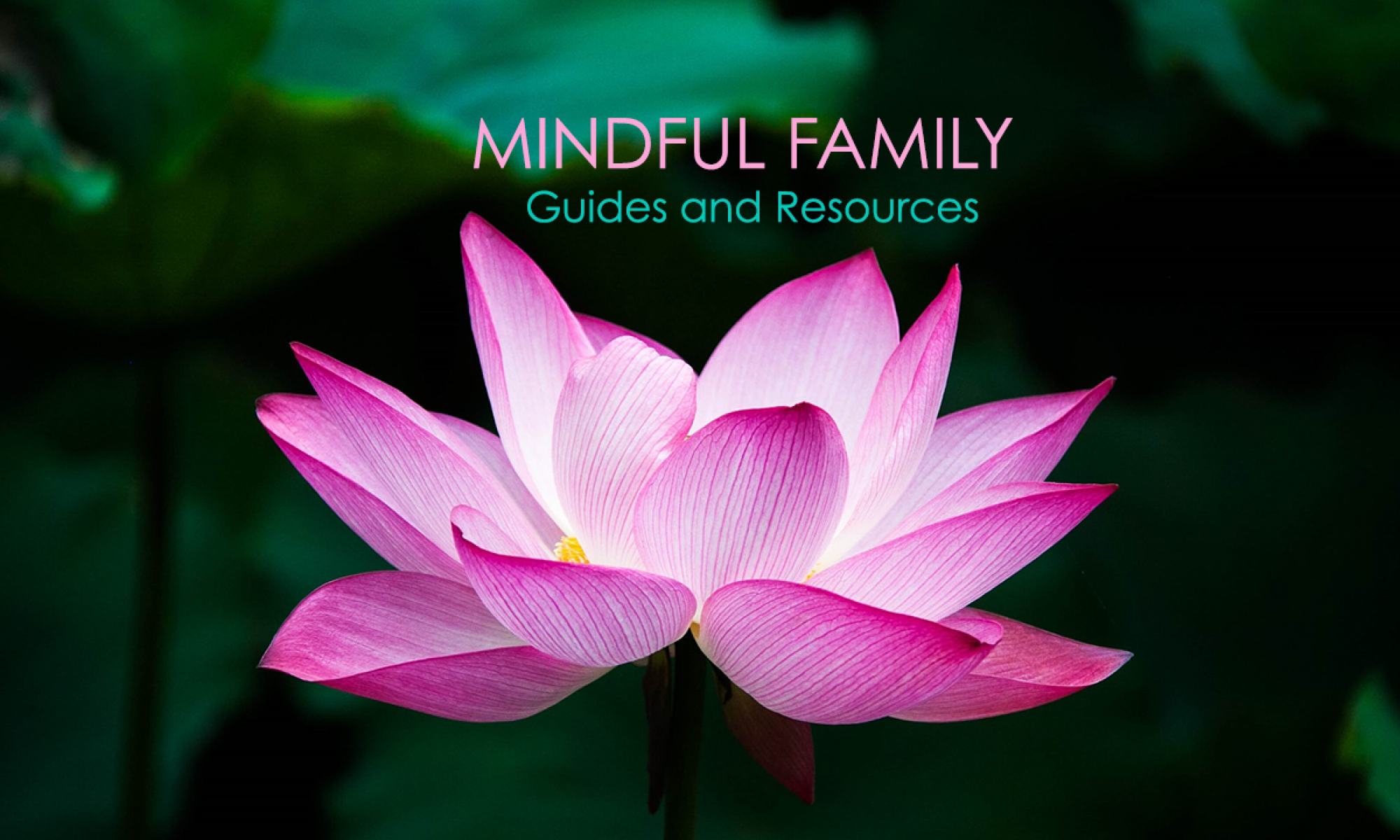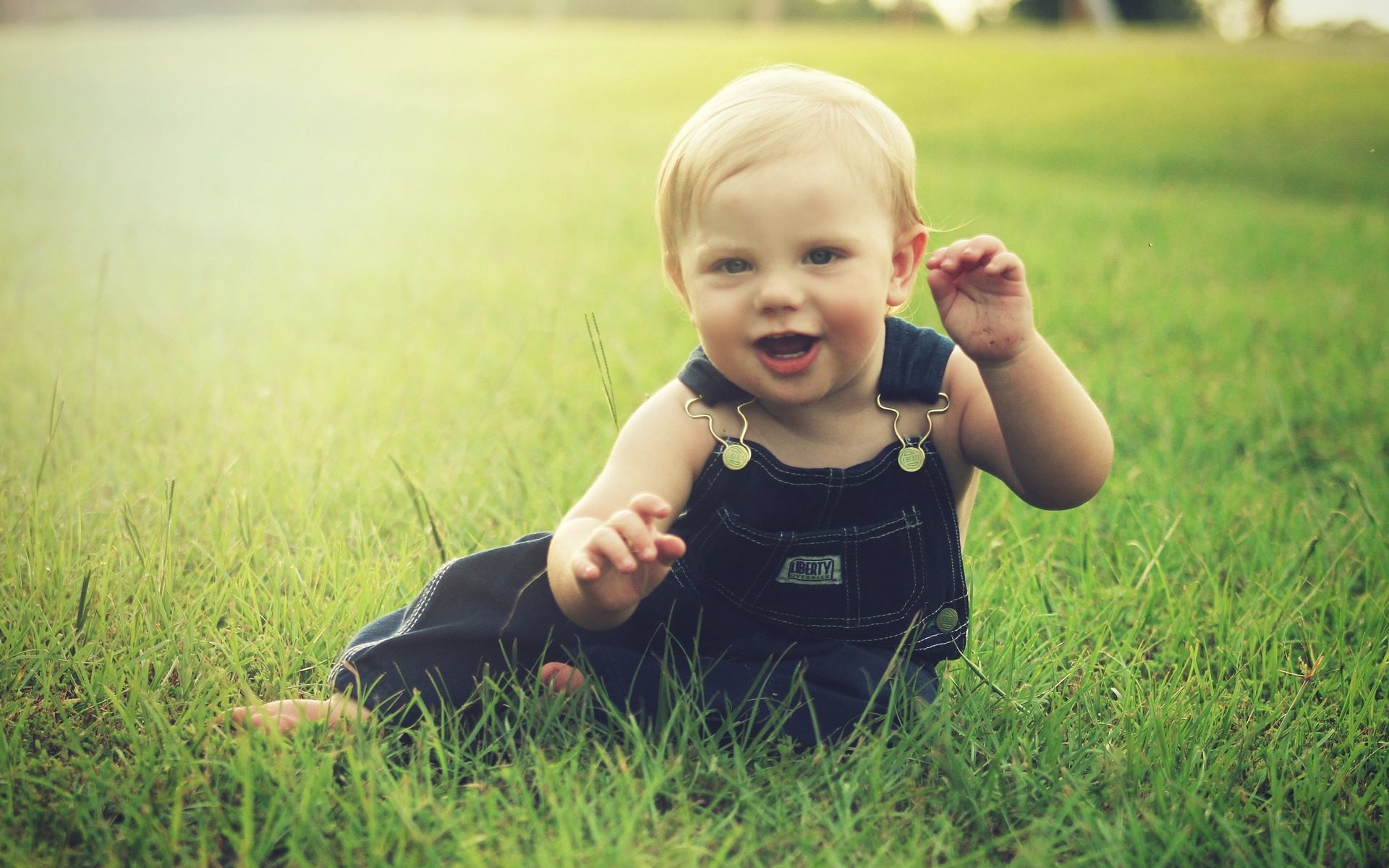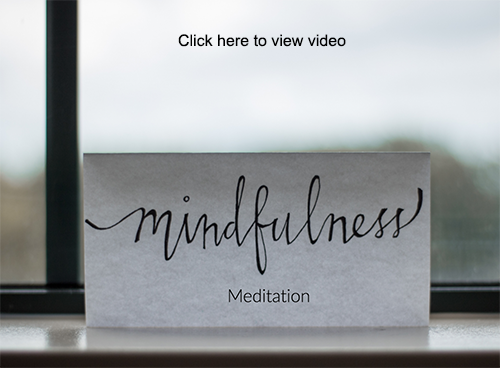By April Fanstone and Porsche Campbell
Mindfulness for parents of Toddlers
Parenting is a full-time job, and a new parent becomes consumed by the responsibilities created by constant feeding, diaper changes, bonding, and cuddling (on top of cooking, cleaning and maintaining relationships). Mothers often grieve the loss of their former selves as they dive further into motherhood (Fraga, 2014). Parenting is “simply putting one foot in front of the other and taking one step at a time” (Sears, 2018). Sometimes it is hard enough to just finish the tasks of the day without really being engaged in what you are doing. Parents are sleep deprived, mentally drained, and can feel irritable or emotional many times a day. Mindfulness is a way to stay grounded while everything else around a new mother and baby are transforming and changing (Fraga, 2018). Pregnancy and the postpartum period are optimal times to start practicing mindfulness (Sears, 2018). Mindfulness is paying attention to the here and now without distraction, worrying or overthinking (Smith, 2018). Mindfulness refers to paying attention on purpose to the present while analysing your senses (Fraga, 2014). Going through the motions just to finish the tasks is like living “with your mouth closed, nose plugged up, ears covered, and eyes constantly on the clock.” (Smith, 2018). Mindfulness helps a person tune into their senses and get the most out of the situation. Mindfulness is good for our mental health and relationships and allows us to enjoy life rather than just exist through it.

Mindful Breastfeeding
You can choose to be mindful at any time, it just takes practice to give our full attention in the moment or pull our attention back when our mind wanders. (Sears, 2018). Breastfeeding is an excellent time for a mother to not only bond with her baby but practice mindful thinking. The mother can focus on her breathing as she can feel the breathing and suckling of the baby (Winston, 2010). Sears (2018) suggests being mindful while breastfeeding without distracting yourself with technology or wandering thoughts. The mother should try and clear her mind and focus on her senses: how her nipple feels as the baby feeds, the sounds of suckling, the smell of breast milk and the sight of the baby happily feeding. It is easy for the mind to wander or think of the million tasks that the mother needs to complete by the end of the day. Winston (2010) states that the occasional pinching from the baby brings her back to reality when she spaces out. It takes no extra time to be mindful just extra effort (Smith, 2018). It may not happen right away but can always be practiced. When the mind wanders, bring it back to the present and engage in your present activity. This will also cause a deeper connection between the mother and baby as the mother is fully engaged with the baby.
Mindful Routines

Babies are constantly exploring everything around them using all their senses instinctively, as they begin to form impressions about everything (Babyganics, 2016). This is a very crucial time for infants, so getting into good routines can make all the difference later (Smith, 2018). Babyganics (2016) suggests that to support their “innate sense of curiosity” parents can practice mindfulness with their babies, while loving and supporting them along the way. Mindfulness allows the baby to observe and witness his/her thoughts (Neiman, 2015). Children can learn about sensations, and how information comes to us through the body and mind through breathing and movement (Neiman, 2015). It is important to supply young people with ways to stay present in their bodies in the moment (Neiman, 2015). Being present and mindful comes naturally to babies as they are exposed to new places, items, and sensations every day. Every experience is shaping the baby’s life, and stimulating multiple senses enhances the baby’s learning (Smith, 2018). The baby’s brain is rapidly developing in the early stages of his/her life; by age three 85% of the baby’s brain is developed (Smith, 2018). Smith (2018) suggests using a baby’s bath time to practice mindfulness as it is a “multi-sensory experience”. In the bath, the baby learns about his/her environment, the people around them and about their senses, like touch or massage (Smith, 2018). Babies splash around and tune into their senses without thinking about it. The parents can make the bath fun by using bubbles and providing toys for the baby to touch and move around (Babyganics, 2016). At the same time, the parents can again be mindful and engaged in the moment. The parents can ask themselves: What do I see? What do I feel? What do I smell? What do I hear? What do I taste? (Smith, 2018). The parent will hear the baby laughing or cooing, see the baby in the tub having fun, smell baby shampoo and bubbles, and likely feel happy to see the baby enjoying him/herself.
Outdoor Mindfulness
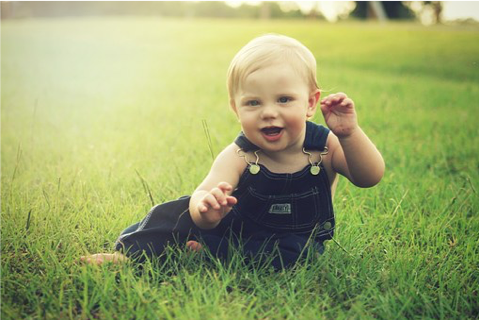
Another time a parent can practice mindfulness for themselves and their infant is when walking around outside. Before leaving the house, the parent can introduce the baby to the world and outside environment by opening the curtains and pointing to the sun, rain, snow or wind and invite the baby to touch the window panes (Babyganics, 2016). Then the baby can feel the temperature while outside. While pushing the baby in the stroller, the mother can leave all her worries or responsibilities behind and focus on the fresh air, weather, feeling of the sun on her skin or cold on her lips, how her body feels while walking etc. When the baby is sleeping/quiet, the mother can tap into her consciousness and be aware of how her body feels and everything around her (Winston, 2010). She can then allow her baby to get out and explore when it is safe. The baby will be introduced to new places, which will be exciting for him/her (Babyganics, 2016). The mother will be present and engaged as she sees her baby’s eyes light up by being stimulated. Outdoor play protects the baby from stress and anxiety and strengthens their immune systems. So even if it is chilly out, bundle your baby up nice and warm, and allow him/her to run around and explore, and get to know the beautiful world that exists.
Moment by Moment Mindfulness
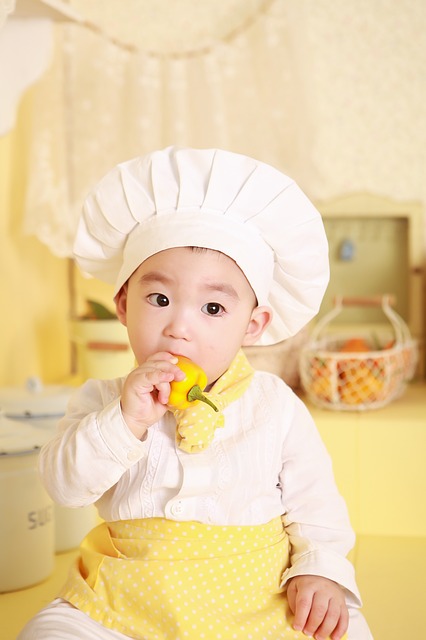
A place that promotes a lot of mindful thinking is the kitchen. It is normal for parents to be afraid of their child in the kitchen due to the many dangers, or not want the baby making a mess. However, when the baby is involved in food preparation and exposed to many flavors and textures, they not only will grow up to be healthier eaters but also not as picky (Babyganics, 2016). Exposing the child early on can allow him and her to make sense out of what is around them. For example, allowing the baby to lick the skin of an avocado will introduce the baby to its texture (Babyganics, 2016). The parent can give the baby different safe things to touch, smell, taste and see. There are many items and foods the baby may have not been exposed to yet, so it would be exposing him/her while again stimulating multiple senses. The parent can also be mindful when changing the baby’s diapers. Of course, the smell and sight may be overpowering, but this allows the parent to recognize if they are truly present or disengaged from the situation (Winston, 2010). Every baby deserves to have their parent’s full attention. And while it is not always intentional, the mind wanders and prevents us from fully experiencing moments in life. Even something as simple as going to the grocery store can be a perfect place to practice mindfulness. While it is mundane for the parent, it is still new and exciting for the baby. Take your time and allow the baby to look around and take things in, and touch and feel objects along the way (Babyganics, 2016).
Bonding Mindfully
Bonding is the close emotional tie that develops between parents and their little ones (Sears, 2018). It is important for the mother to be mindful of how she is feeling, which ever emotion that may be (Sears, 2018). If the thoughts are negative; feeling overwhelmed or frustrated, Sears (2018) suggest taking a deep breath and replacing them with positive, loving thoughts. Communication and learning are influenced by the constant loving and caring words and touch from the parents (Smith, 2018). Physical touch and massage create the baby’s first emotional bonds (Smith, 2018). Infants who experience routine touch and massage (compared to those who didn’t) were 50% more likely to make eye contact and three times more likely to have a positive expression (Smith, 2018). Therefore, holding the baby closely, caressing its back, being mindful and positive not only creates an emotional bond with the baby, but positively influences the baby’s thoughts, sensations and demeanor. Sears (2018) offers some positive words, that can be said out loud as a mantra. The mother can repeat these four lines to the baby while breastfeeding, changing a diaper, in the bath, at naptime, on a walk or basically anywhere and everywhere:
“May you be happy.
May you be healthy.
May you be safe.
May you feel loved.”
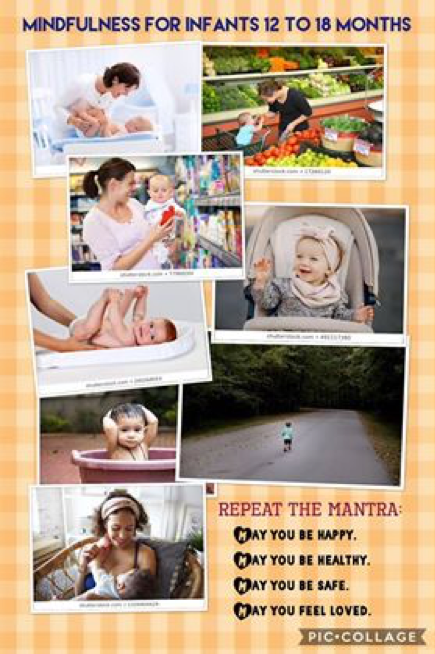
View Our Mindfulness Video
Video created by
April Fanstone and Porsche Campbell
1 min, November 2018 in Visme
Mindful Parent Resources
BC Association of Family Resource Programs

This non-profit organization supports development of healthy diverse families who have children between the ages of prenatal to six years old. The goal of FRP-BC is to provide families with the support necessary to help raise healthy children from prenatal to age six. This resource allows parents and their toddler to attend programs within the community at specific family drop-in centers.
URL: http://www.frpbc.ca
BC Council for Families (BCCF)

A registered non-profit, charitable organization with the goal of supporting professionals, the community and family strengthening. BCCF has been around for over 40 years developing and delivering resources that support families by education and training professionals provide wide. BCCF’s mission is to support family services and families by providing knowledge within a community setting
URL: https://www.bccf.ca
StrongStart Early Learning
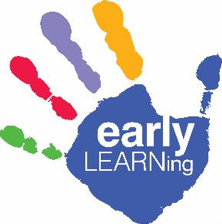
This free drop-in program available to parents and caregivers with children ages 0 -5 puts an emphasis of learning through a variety of ways such as, language, positive social interaction and play. The learning environment for toddlers is rich, interactive and of high quality for optimal learning and development. The program is targeted at early learning development for children 0 -5, which is shared with the parents. Parents are encouraged to be involved during activities, assist with story telling, playing games and providing children with healthy snacks. StrongStart Centres are offered in many neighbourhoods and local Elementary schools – there are nineteen in total that operate at different times each day in the Lower Mainland of BC.
Child Care Resource & Referral (CCRR)

Child Care Resource & Referral provides families with community referrals, reputable resources and support for the development of children at various stages of life. CCRR programs range with regards to service and provide information and support on topics such as, child care information & referrals, workshops and training for children, drop-in programs for family along with information about child care benefits. CCRR works with the Ministry of Children and Family Development to further the strength of the family, child development and the transition to parenthood
Zero to Three – Early Connections Last a Lifetime

The main goal of Zero to Three is to help ensure all babies and toddlers are provided with a strong start in life. The vision is for society to be knowledgeable and supportive of all infants and toddlers in reaching full growth and development potential. Zero to Three highlights the first three years of life and marks an infant and toddler’s foundation for health and well-being. Therefore, supportive measures to assist those caring for these infants and toddlers, such as parents or guardians is necessary to maximize the long-term impacts for a bright healthy future. This organization works with many centers, projects and initiative to support optimal growth and development. Working with family and community connections is a critical component to optimize infants and toddlers well-being and development
URL: https://www.zerotothree.org
Kid’s Health: Breastfeeding
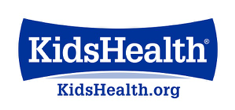
This website provides information on how often to breastfeed, the length of time to spend breastfeeding and how to know if it’s effective. It provides information on what to expect diaper-wise and gives practical suggestions such as when to burp the baby. By providing videos, the site not only explains this information, but shows it which can be easier to learn, especially for visual learners
URL: https://kidshealth.org/en/parents/breastfeed-often.html
Bonding with Your Newborn

This website is all about bonding with your child. Not only does if explain seven wonderful ways a mother can bond wit her child, but also explains how the father can bond with the child. Bonding is the close emotional tie that develops between parents and the baby at birth and continues to develop during the neonatal period and infancy. A father’s nurturing response may be less automatic and slower than a mother’s, but he can form a strong bond attachment. Breastfeeding, cuddling, using skin-to-skin contact and direct eye contact and continuously talking to the infant are a few ways the mother can begin to bond with the baby
URL: http://www.attachmentparenting.org/support/articles/bonding
Infant Mental Health
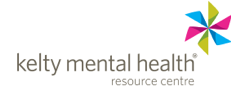
This website addresses the importance of “early childhood mental health” from ages zero to five. Listed are risk factors for children to develop mental health challenges, as well as parent education and how to respond to the cues. Developing a good attachment and bond is crucial in making the child feel secure and loved and allow them to form trusting relationships.
URL: https://keltymentalhealth.ca/infant-mental-health
What is a congenital disorder?

This website covers common congenital disorders including cerebral palsy, cystic fibrosis, spina bifida, cleft lip, Down syndrome and Fragile X syndrome. It addresses how these disorders can be tested for around ten to fifteen weeks after conception by using amniocentesis or chorionic villus sampling (CVS). Things a mother can do to prevent congenital disorders include avoiding alcohol, smoking and drugs, controlling diabetes, avoiding exposure to environmental chemical, being vaccinated and ingesting folic acid in her healthy diet
URL: https://www.pregnancybirthbaby.org.au/what-is-a-congenital-disorder
Information on Diseases & Conditions for Parents with Infants & Toddler (Ages 0-3)
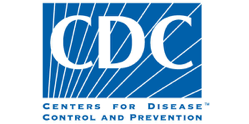
This website covers many common diseases and conditions for this age range. Each condition has a link to a new page with signs and symptoms, complications, how the disease is transmitted, how to prevent it and treat it, including a kid-friendly illustrated fact sheet. This can be very helpful for parents as they can refer to this website if they suspect something is happening with their child and can compare the side effects or presentation with the listed information given.
URL: https://www.cdc.gov/parents/infants/diseases_conditions.html
References
Babyganics (November 2, 2016). These 7 Everyday Moments Are Packed With Lessons On Mindfulness. Retrieved December 3, 2018 from https://www.mindbodygreen.com/0-27173/these-7-everyday-moments-are-packed-with-lessons-on-mindfulness.html
BC Council for Families (n.d). About. Retrieved November 25, 2018, from https://www.bccf.ca/bccf/about/
BC Foundation of Family Resource Programs. (n.d). About Us. Retrieved November 25, 2018, from http://www.frpbc.ca/about_us/
Ben-Joseph, E. P. (February 2015). Breastfeeding FAQs: How much and how often. Retrieved December 2, 2018 from https://kidshealth.org/en/parents/breastfeed-often.html
Centers for Disease Control and Prevention (October 31, 2018). Information on Diseases & Conditions for Infants & Toddlers (Ages 0-3). Retrieved December 2, 2018 from https://www.cdc.gov/parents/infants/diseases_conditions.html
Child Care Resources & Referral (n.d). CCRR. Retrieved November 25, 2018, from http://www.ccrr.bc.ca/index-1.html
Fraga, J. (November 24, 2014). Motherhood Mindset: Three Ways to Practice Mindfulness With Your Baby. Retrieved December 3, 2018 from https://www.huffpost.com/entry/motherhood-mindset-three-ways-to-practice-mindfulness-with-your-baby_b_5816650
Garrison Institute. (2017). Infographic: 10 Steps to Mindfulness Meditation. Retrieved November 18, 2018, from https://www.garrisoninstitute.org/blog/10-steps-to-mindfulness-meditation/
Kelty Mental Health. (n.d.). Infant Mental Health. Retrieved December 2, 2018 from https://keltymentalhealth.ca/infant-mental-health
Neiman, B. (2015). Mindfulness and Yoga Skills for Children and Adolescents: 115 Activities for Trauma, Self Regulation, Special Needs and Anxiety. United States of America: PESI Publishing & Media.
Pregnancy birth & baby (July 2017). What is a congenital disorder? Retrieved December 2, 2018 from https://www.pregnancybirthbaby.org.au/what-is-a-congenital-disorder
Sears, W. (2018). Bonding with Your Newborn. Retrieved December 2, 2018 from http://www.attachmentparenting.org/support/articles/bonding
Smith, C. L. (2018). How to Practice Mindfulness with a Baby. Retrieved December 3, 2018 from http://www.momentsaday.com/how-to-practice-mindfulness-with-a-baby/
Vancouver School Board (2018). StrongStart. Retrieved November 25, 2018, from https://www.vsb.bc.ca/Student_Learning/Early-Learners/StrongStart/Pages/default.aspx
Winston, D. (July 20, 2010). Mindfulness with Baby: Yes, it’s possible! Retrieved December 3, 2018 from https://www.lionsroar.com/mindfulness-with-baby-yes-its-possible/
Zero to Three (n.d). Our Mission and Vision. Retrieved November 25, 2018, from https://www.zerotothree.org/about/our-mission-and-vision
